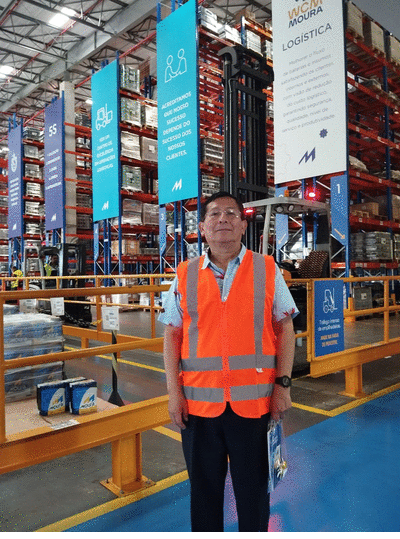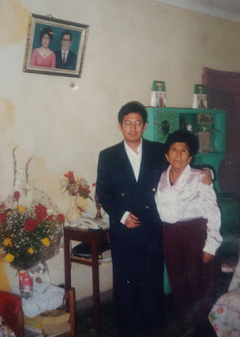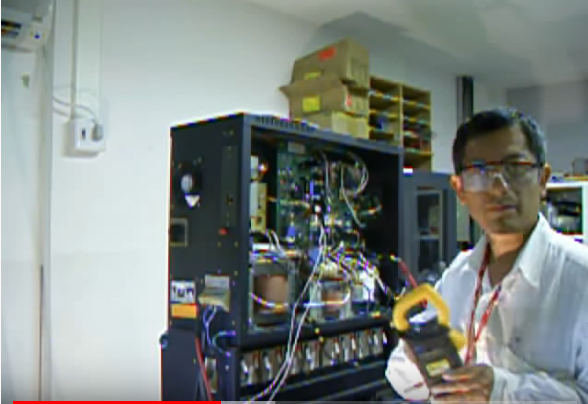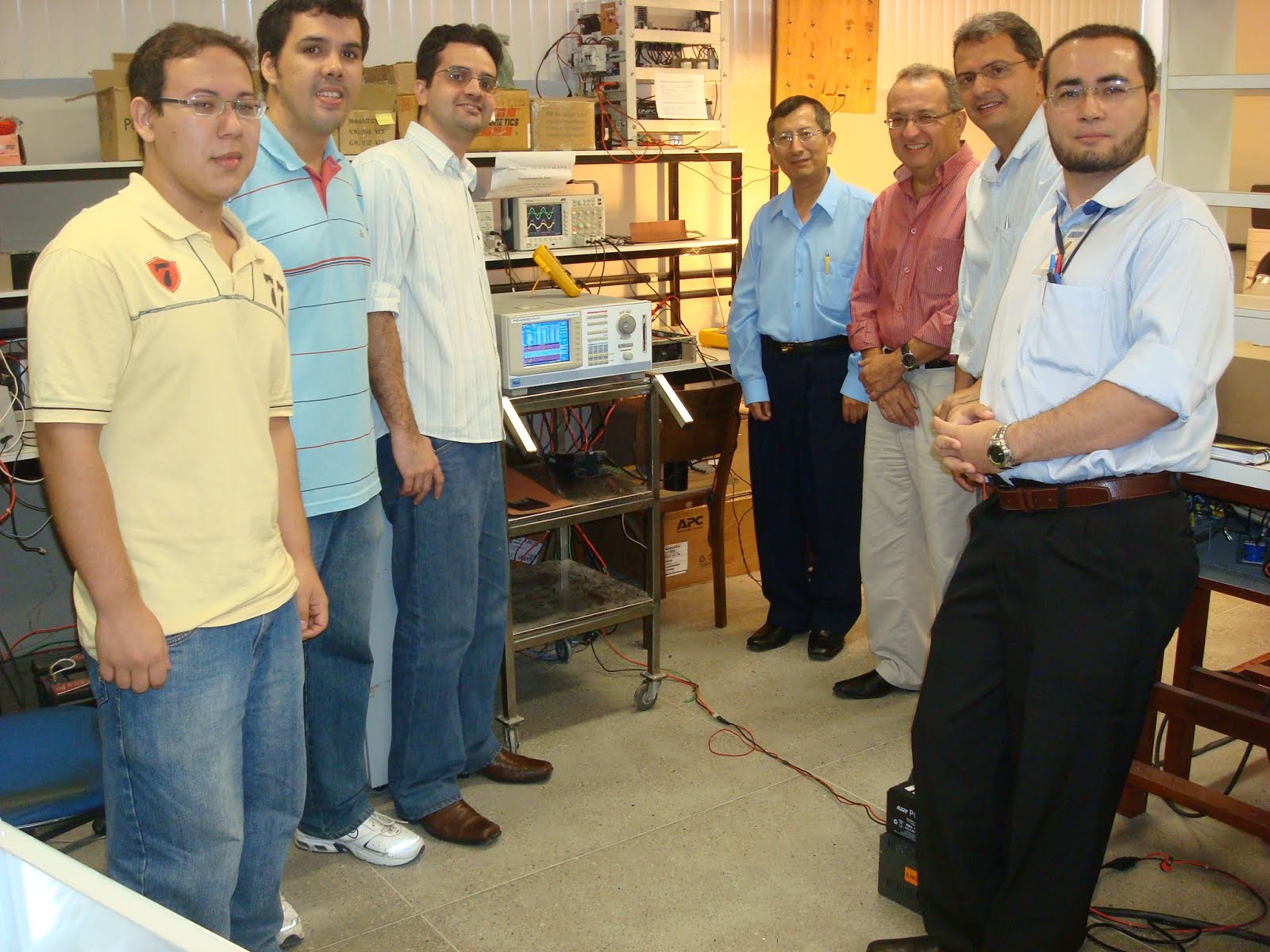
https://picasion.com/
Power Electronics,Eletrônica de Potencia,СИЛОВОЙ ЭЛЕКТРОНИКИ,전력전자,Engenharia Eletrônica,Paradigmas da Ciencias,Inovaçoes Tecnologicas “TEMOS O DESTINO QUE MERECEMOS. O NOSSO DESTINO ESTA DE ACORDO COM OS NOSSOS MERITOS” ALBERT EINSTEIN. Imagination is more important than knowledge, for knowledge is limited while imagination embraces the entire world. EL FUTURO SE CONSTRUYE HOY,EL SUCESSO NO ES FRUTO DE LA CASUALIDAD,SE HUMILDE ,APRENDE SIEMPRE CADA DIA.


-Problem in physics. Chertov A.G., Vorobiev A.A.
The problem book was compiled in accordance with the current syllabus for the physics course for college students. Each section includes a sufficient number of tasks, the difficulty of which increases with increasing serial number. At the beginning of each paragraph, basic laws and formulas are given, and examples of solving typical problems are given. At the end of the book, answers to all problems are given. The 7th edition (6th - 1997) includes more than 150 new problems and examples, the theoretical part of each section has been significantly expanded, and the necessary corrections have been made. For students of higher technical educational institutions.
VIEW FULL TEXT HERE:
https://drive.google.com/file/d/1lbWLmycZjLjj9uSJmuXtZUTgIho3hCJK/view?usp=sharing


CONCEITOS BASICOS DE UPS ONLINE EMPRESA KOLFF


REDE LINKEDIN ARMANDO CAVERO :http://br.linkedin.com/pub/armando-cavero-miranda/9/659/113



CURSO DE TRABALHO COM COMPONENTES SMD- EXCELENTE TECNICO LUIS CARLOS BURGOS http://www.burgoseletronica.net







Prof Gustavo Castelo Branco, Prof. Slobodan Cuk e Prof Armando Cavero Miranda -BRAZILIAN POWER ELECTRONICS CONFERENCE -Cobep/Spec - 2015-CEARA-BRASIL






WEBSITES IMPORTANTES
CALCUL D'UN PETIT TRANSFORMATEUR SECTEUR
Petits transformateurs Calcul abaques et réalisation (10 VA à 500 VA)
BUREAU D´ETUDE ELETRONIQUE INFORMATIQUE
TUTORIAL PSPICE8-MICROSIM